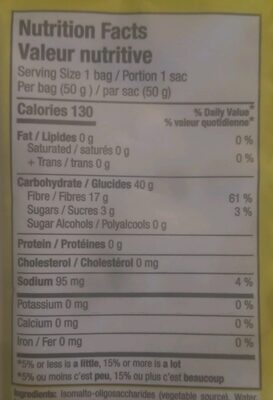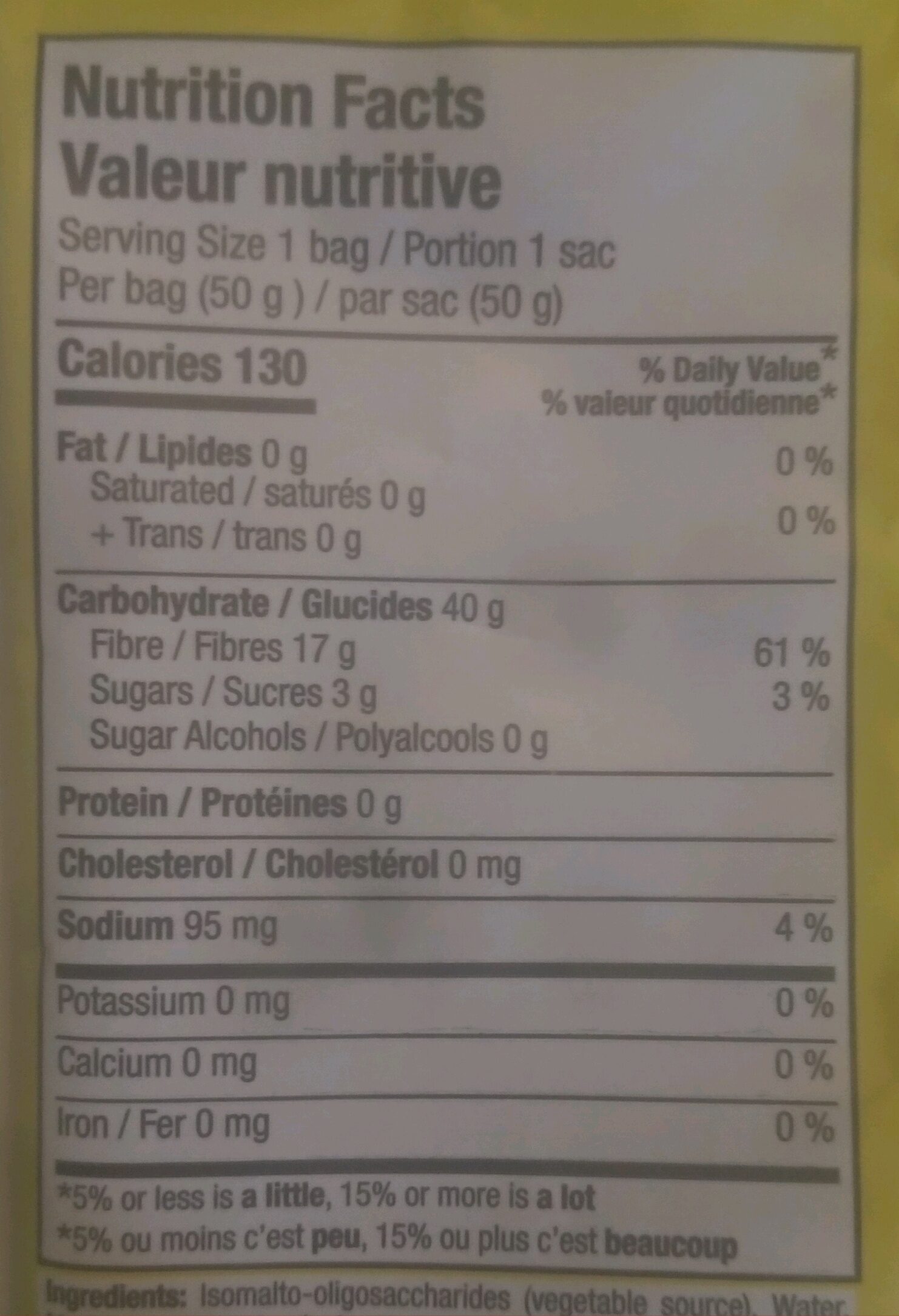Sour Blast Buddies - Smart Sweets - 50 g
This product page is not complete. You can help to complete it by editing it and adding more data from the photos we have, or by taking more photos using the app for Android or iPhone/iPad. Thank you!
×
Barcode: 0669809100405 (EAN / EAN-13) 669809100405 (UPC / UPC-A)
Quantity: 50 g
Brands: Smart Sweets
Categories: Snacks, Sweet snacks, Confectioneries
Labels, certifications, awards: No gluten, Source of fibre, High fibres, Natural flavors, No artificial colors, No sugar alcohols
Link to the product page on the official site of the producer: https://smartsweets.ca/products/sour-bla...
Stores: Real Canadian Superstore, Safeway
Countries where sold: Canada
Matching with your preferences
Environment
Packaging
Transportation
Report a problem
Data sources
Product added on by kiliweb
Last edit of product page on by binzyboi.
Product page also edited by thaialagata, yuka.sY2b0xO6T85zoF3NwEKvlh1MSufHgALrDgblolWBxMWIFbzKf-h72of8Y6o, yuka.sY2b0xO6T85zoF3NwEKvlhJ5ceSHqCufOSflqWeG6oeNB8TFR-18_NjeMqg, yuka.sY2b0xO6T85zoF3NwEKvlhZ9VPbQgGj-CyPtvGuFnf7VPMHIcIFt_oToE6s, yuka.sY2b0xO6T85zoF3NwEKvlm1sYsPHvg72KCDngkqBz9G_AKP2MOkv3NDkMag, yuka.sY2b0xO6T85zoF3NwEKvlmhMb-fggjj_LDDQpk6n782hJabpS_9j4Nj7aKo, yuka.sY2b0xO6T85zoF3NwEKvlmp2f8rxmGveKCzknVaWmYu2NoPyWvhfuZj9Gqo, yuka.sY2b0xO6T85zoF3NwEKvlnx4TPr7mxyfLwTlphyi3s2rMK7hQPZgz4L_aKo.










